
2020 was the year that a great many people in the shooting community discovered the need to also have medical gear, which I think is great. It was a bad way to get that lesson, but it could have been worse. Between the supply lines showing fragility, the idea that hospitals could be overwhelmed, and even that Paramedics might be short-staffed due to the pandemic… a lot of people woke up. I think we all collectively took a minute to reassess our ability on hand.
If you are completely new to this, it can be overwhelming. Much like the gun world, medical equipment comes in all manner of whiz-bang varieties. You may not even know where to start. So we decided to take a little bit of time this week to look at some of what is out there and point you in a direction to start learning. Also like using a gun, medical training is not something you want to wish you had previously practiced when the emergency arises.

Medical knowledge is quite obviously a very deep rabbit hole. I mean, people do this as a profession for their entire lives, and still don’t know everything. So it can be a bit overwhelming. So much so that some people get intimidated by the idea and just never start. This is a very bad take. If we were going to put stats on it, I would say you have about a 20% chance of ever using your firearm in self-defense. Yet we all carry one, me included. All day every day. Your chance of using some first aid? 100%. If you haven’t already, I can guarantee you will come across some trauma in your lifetime. It might not be Earth-shattering, but at some point, you are going to have to stop some bleeding. Less than a month ago, I had to dig into my kit when one of my kids burned his arm on the fireplace. It is going to happen, best to be prepared.
Something I preach in both of my survival books is that you have to have hands-on learning. A good way to do this is taking an EMT course, or doing a ride-along with a local ambulance crew. Not everyone has time for that, which I get. You can gain some decent knowledge from books also, but you have to back it up with hands-on practice. Get the family involved. First aid skills are skills for everyone. It costs a little money, but any first aid items you buy, you should use at least one of them in training to understand how it works. For training purposes, you can use some items over and over again. But no matter what, don’t let the first time it comes out of the package have been when you NEED it.
The Survival Medicine Handbook

This is, in my opinion, the absolute best ditch medicine book on the market. Not only should you have a copy, but you should have a spare stashed somewhere for in case. It is extremely uncommon to have a real Medical Doctor that is also a prepper, but that is exactly the case with Dr. Joe Alton. And his co-author/ wife Amy Alton is an Advanced Registered Nurse Practitioner and Certified Nurse Midwife. That is a lot of skills to bring to the table, especially when combined with a preparedness mindset. While the book covers the basics of trauma, it also covers some topics you won’t find anywhere else. Like the use of available animal antibiotics and other medicines in humans. Which the authors have tested on themselves. This book is an absolute must-have, for anyone interested in survival. Cannot recommend it enough.
Solatac Medical kits
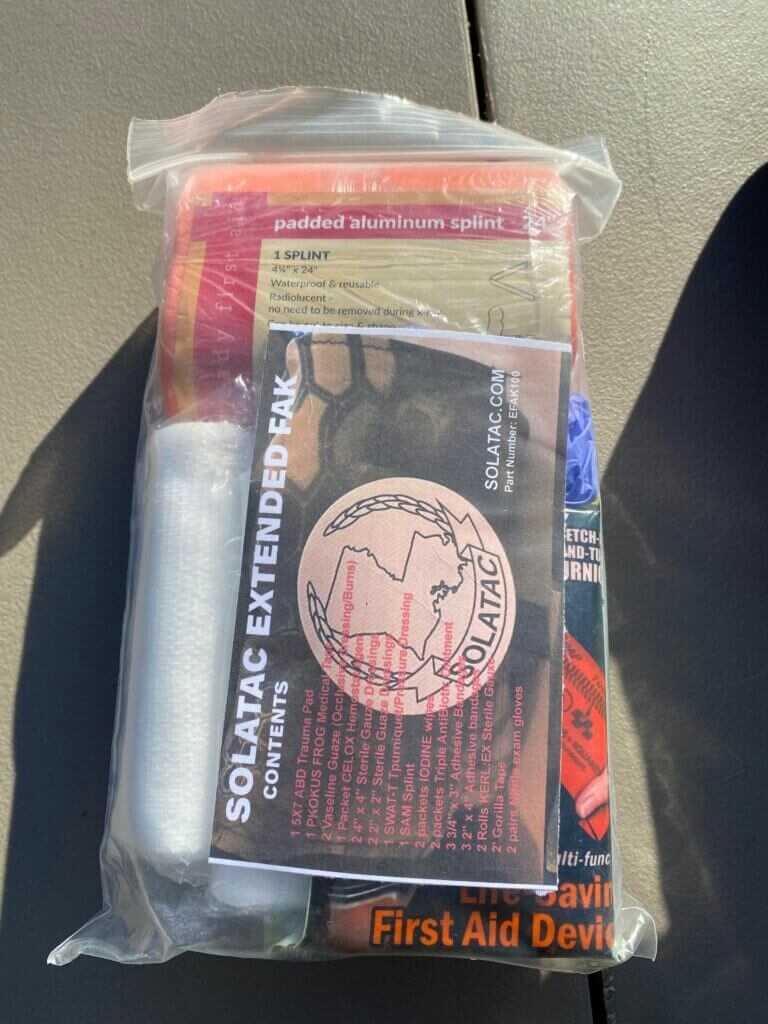
If you are new to first aid, one of your first instincts is going to be purchasing a pre-made kit. And usually, this is a mistake. If you know some other area of knowledge well, like survival, go take a look at some of the pre-made survival kits. Generally speaking, they are hot garbage. Laughable even, if you know what you are doing. And a lot of people get taken in by this. I had a client once that was stupid rich. When I got around to checking the survival kits in his $150,000 Land Rover’s for a Rocky Mountain winter, I found Home Depot work gloves, cardboard boxes of water ( long since frozen, burst, and evaporated), and kids chemistry goggles. The kits were like $500 and weren’t worth $50. The same thing applies often to first aid kits.
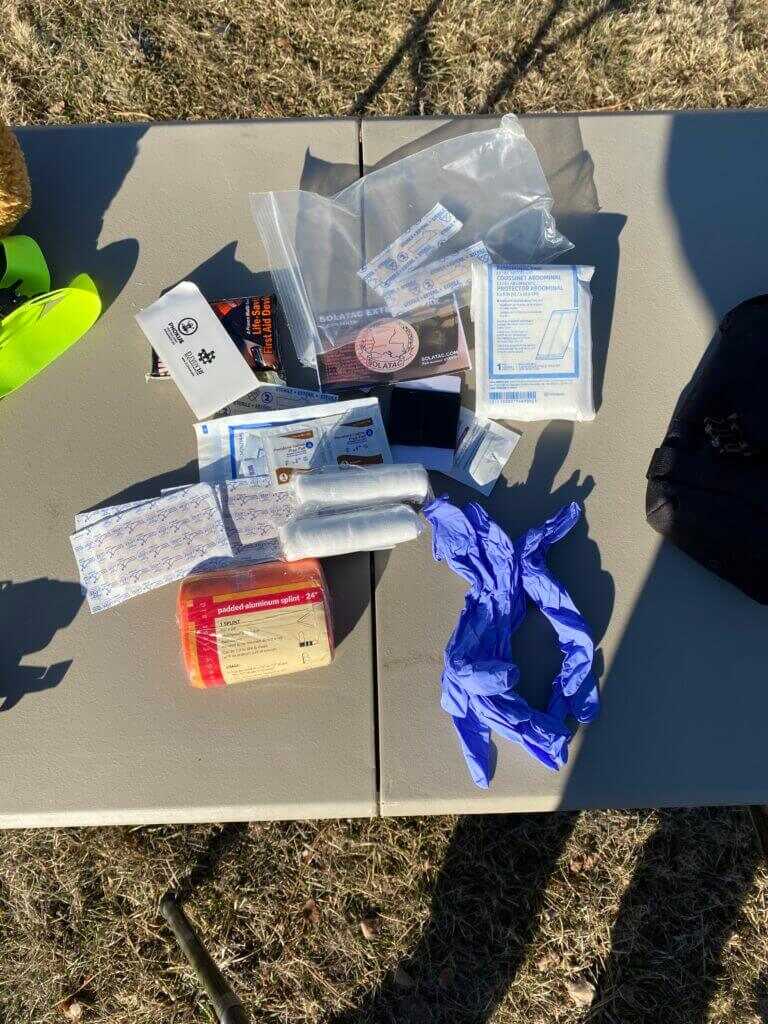
But Solatac is an exception. I know the owner personally, and he doesn’t roll like that. As an offshore EMT, he has a wealth of experience. He has applied that in creating kits that are both 1) really a value and 2) useable for the lowest common denominator. That isn’t an insult, it’s a selling point. Solatac kits come with basic usable components, not needle decompression kits and all kinds of other “high speed” crap that normal people have no business using.
My most recent purchase is the Saddle Bag/ Motorcycle kit, and I recommend it highly. It is a little larger than most but makes a great truck or kitchen item. It holds enough to deal with some pretty serious wounds, without breaking the bank.
Leatherman Raptor Shears
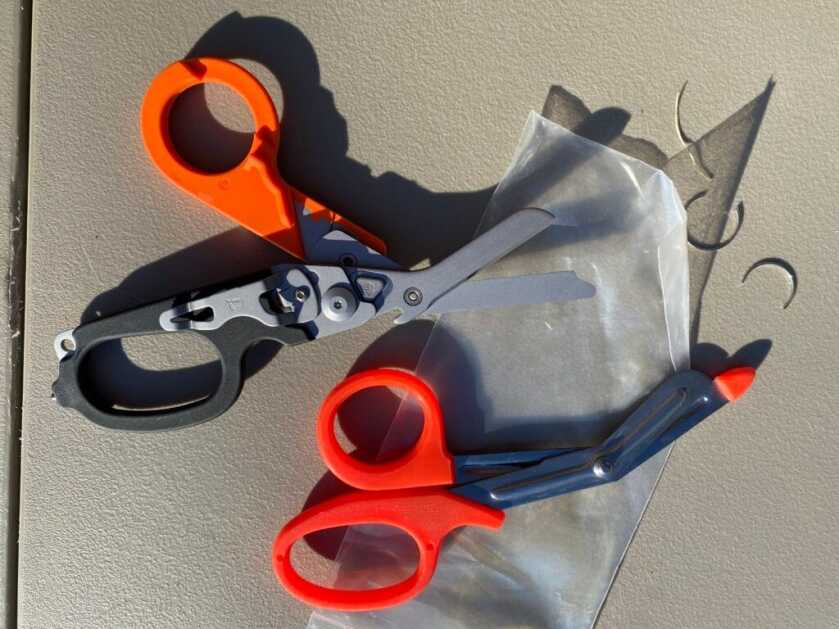
This one is a bit of an indulgence, so I will go ahead and link to the alternative option, which is near 20 times cheaper. Trauma Shears should be in every first aid kit. You use them for cutting off clothing and shoes if someone is really messed up, and also feature a blunt end so you don’t stab your patient while trimming bandages or tape or whatever. You can absolutely get by with the $4.99 version.

So what do the $80 Raptor shears do that the cheap option doesn’t? Like I said, a bit of an indulgence here, but they do offer more features. And believe me, at the price difference, I don’t have a set in every one of my first aid bags. But, for your bug out bag or belt kit, the Leatherman option does have some things going for it.
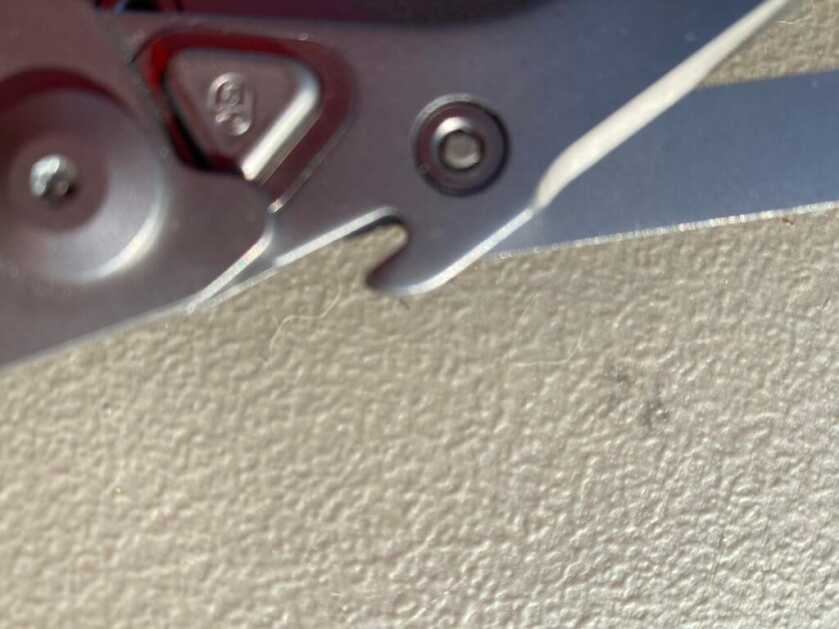
First, they fold up and therefore take up less space. Like going from Aluminum to Titanium for weight savings, you do pay for it. But, it may be worth it for that alone. Second, if the chips are really down, I trust high quality US made Leatherman steel a lot more than Chinesium. I haven’t had a set of cheap trauma shears fail me yet, but in the backcountry seems a bad place to push my luck. And then we have the things Raptor Shears will do that regular shears won’t.
Like a built in ring cutter. If you have ever seen someone smash a finger badly with a ring on it, you know just how valuable this can be. Some other tricks exist to get the ring off, but a cutter is fast, and time matters. Then we have an Oxygen tank wrench. I personally am unlikely to need it, but I wouldn’t bet the farm on it. Better to have than to want in the moment. And finally, a carbide glass breaker. Will something else work? Yes. But having done this a lot, a real glass breaker is a nice thing to have. All the more so if you care about the person on the other side of it, which rules out your rifle muzzle in principle.
Pricey, but an item I thought you should know about.
Odds and Ends
As you progress in your first aid knowledge, you are going to want to supplement your kit. Like shooting, a lot comes down to personal preference once you have experience. For instance, I love my Solatac kits, but I don’t love SWAT-T tourniquets. They work fine, but I prefer a different style based on my experience with trauma. So where do you get supplies to meet your exact needs?

You can start at the local pharmacy for smaller bits. But you will rapidly find that 1) they don’t carry a lot of serious first aid supplies anymore and 2) you can get it cheaper elsewhere. I have had really good luck with Rescue Essentials and Chinook Medical Gear. Be careful online. If your search query includes the word “tactical”, you will often end up paying double. Rescue Essentials and Chinook are exceptions to that rule and have had really good prices in my recent experience. They also have a lot of things you can’t find anywhere else. Like the under 120 pounds/ child size tourniquets from m2 inc., and flat-pack gauze. The tourniquets especially I highly recommend.
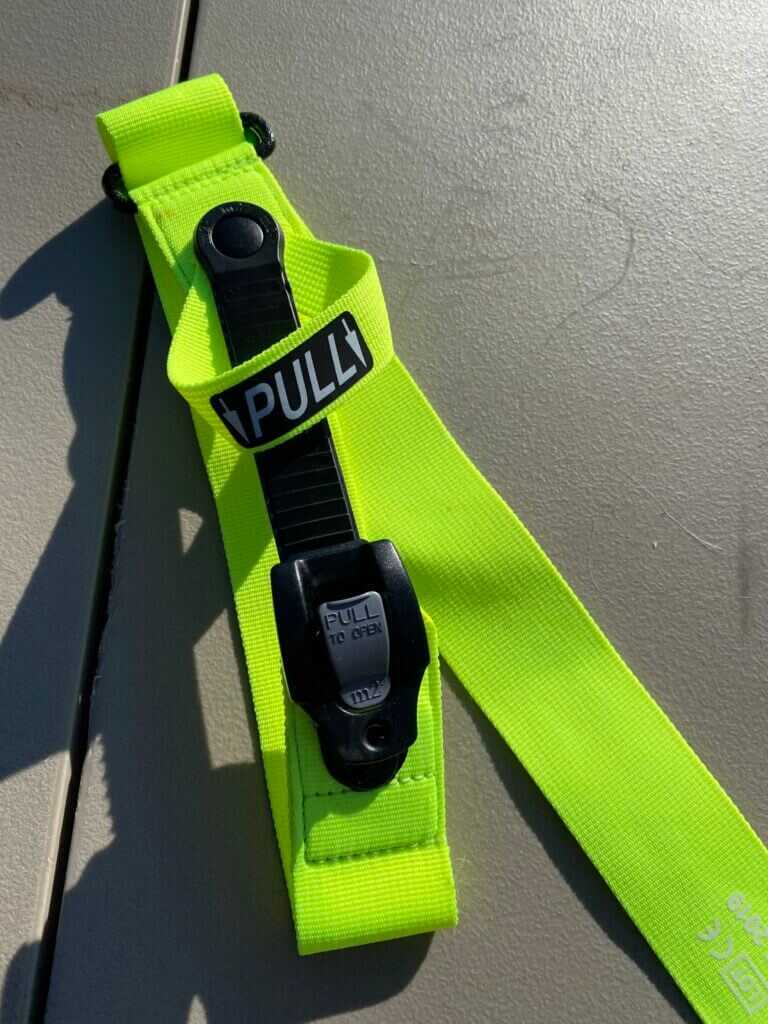

This is a journey, not something you will solve in a single afternoon. But it is one worth taking. Don’t be afraid to take the first step.

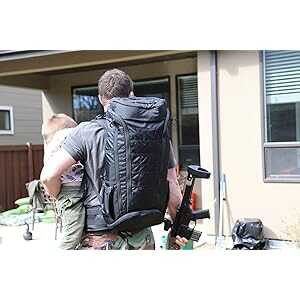
Dark Angel medical makes some good trauma kits.
A first aid triangle bandage is very useful for head, arm and leg wounds, as well as an arm sling. Also, aluminum foil can be used under a bandage for a knife, gunshot or lung open wound. Both are very light,
fold-able and don’t take up much space.
You are very correct in saying that everyone should have a good (FAK) first aid kit on hand. The problems that you point out are also right on the money. Most FAK feature mostly useless filler items that make people feel they are covered for an Apocalypse, but is more likely to be useful for minor cuts, scrapes or burns and not bullet or stab wounds. The other issue is that most people have no experience in using medical supplies effectively to help anyone, let alone someone bleeding out from a stab wound or a GSW. As it’s been pointed out very accurately in many articles here on Guns America, training is paramount to being able to use any weapon for self defense and the same is true about medical training to potentially save someone’s life. Sure it’s never going to hurt to have a FAK on hand, but it’s important to know how to use it also. I appreciate your article especially since you are advising more people to get some first aid training. As a Respiratory Therapist for 30 years, I know how much even basic CPR training can make a huge impact on patient survival. Thank you for your service.
I’d recommend some QuikClot in every first aid/trauma bag.